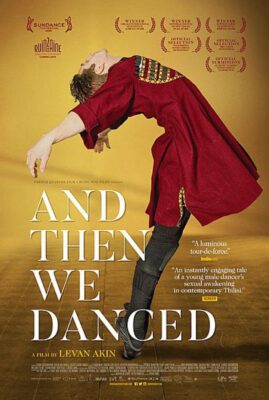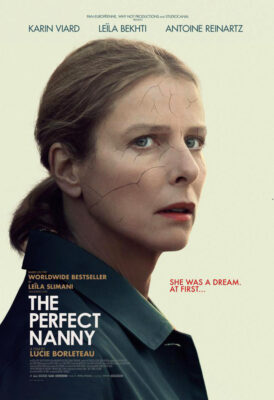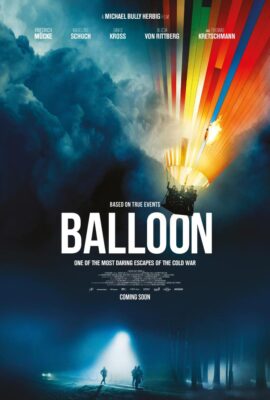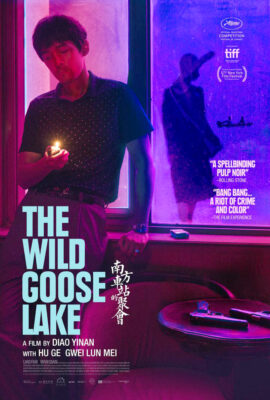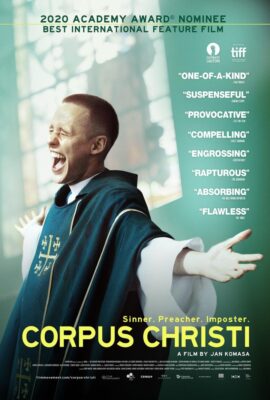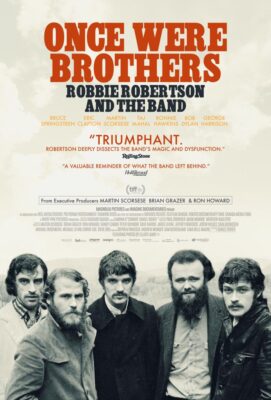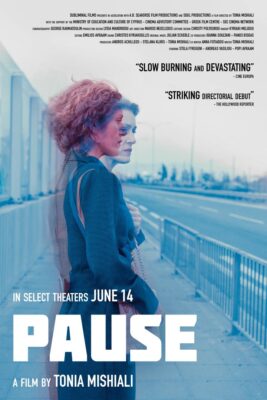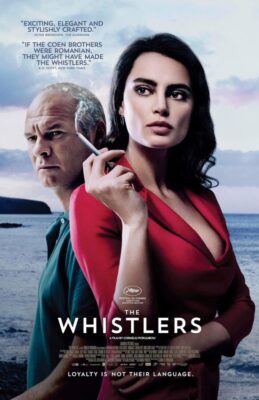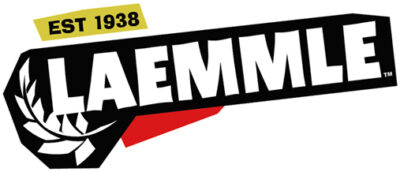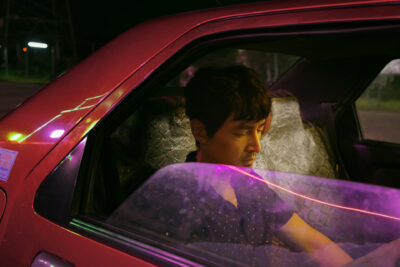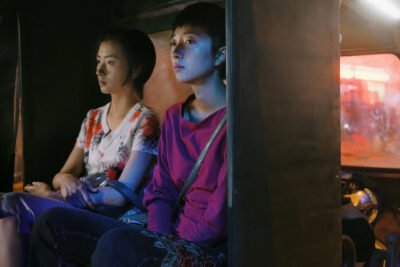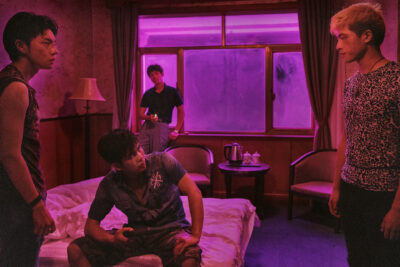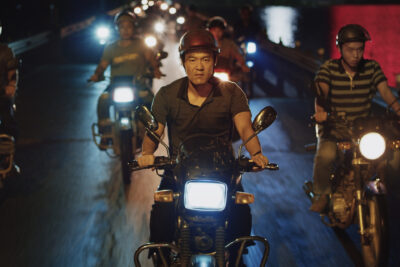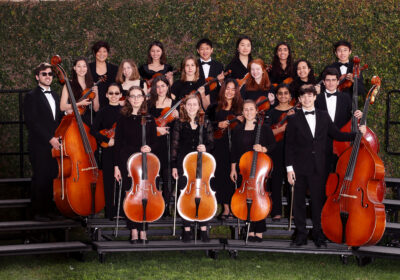Much has happened since we posted notice of our closure on March 16. To get you up to speed, check out the links below. They include several messages from Greg Laemmle during the last couple of weeks.
The big headline is that we’ve launched a new video-on-demand service – Laemmle’s Virtual Cinema – in conjunction with our distributors. Since we can’t go out to the movies, this will allow us to watch Laemmle films while we stay in!
This is a particularly challenging time as we fight to preserve our 82-year legacy. You can help keep Laemmle strong. Here’s how:
1. Watch movies online. To see what’s playing, join our mailing list and bookmark the Laemmle Virtual Cinema page.
2. Purchase a Premiere Card or Gift Card.
3. Keep following this blog and connect with us on Instagram, Facebook and Twitter.
If you need a refund for a cancelled show, please fill out this form.
As always, we are beyond grateful for your commitment and support.
Recent Messages from Greg Laemmle
(with film listings you can “Watch Now!”)
March 20 – Dear Laemmle Fans (Greg’s response to the crisis)
March 25 – Introducing “Laemmle’s Virtual Cinema”
March 27 – Virtual Cinema 2: Electric Boogaloo
March 30 – Laemmle Virtual Cinema – More Releases

